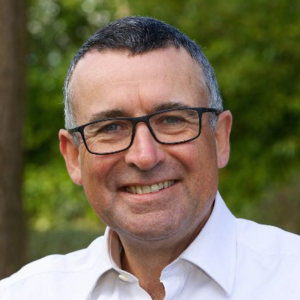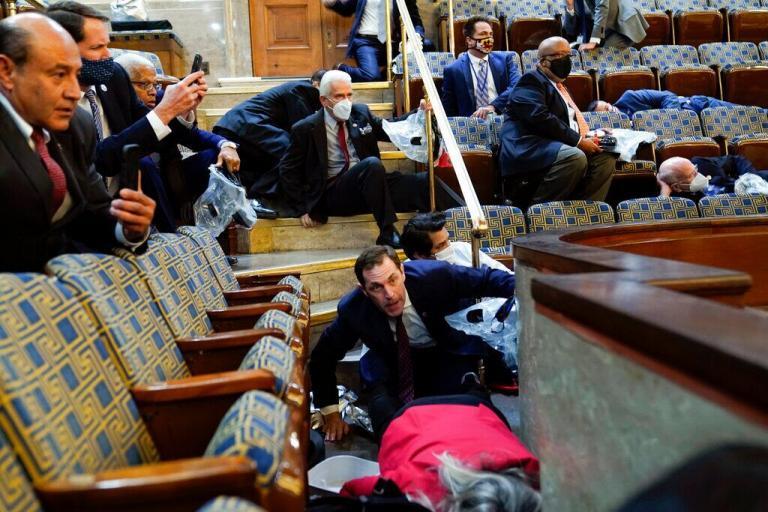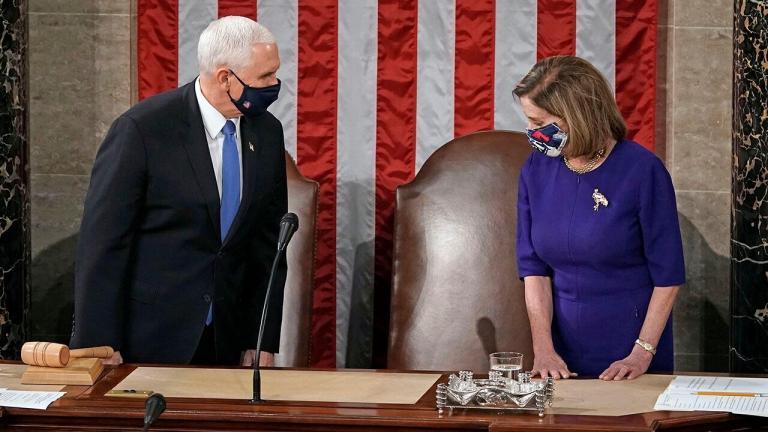
Bernard Jenkin MP is Chair of the Liaison Committee, and MP for Harwich and North Essex.
The government’s foresight in placing large-scale speculative orders for vaccines in development means that there is now real hope that the UK will emerge from the Covid-19 crisis well ahead of its peers. However, unless this early success is sustained during the weeks and months ahead, the demands for early timetables for opening up the country and sending pupils back to school will be wasted breath.
The Government is betting the ranch that NHS England can deliver the vaccine programme with the minimum of support from local government or from the Armed Forces. The startling data that showed vast disparity in the rate of vaccination in different parts of the country has exposed the shortcomings of an NHS England strategy that is tightly controlled from the centre.
My own Integrated Care System area, Suffolk and North East Essex (‘SNEE’, which ironically contains the Health Secretary’s own constituency) was highly exposed at the bottom of the league table, with only 36 per cent of over-eighties vaccinated on 14th January, compared to 84 per cent in Gloucestershire at the top.
The good news is that there has since been a rapid catch up in SNEE. We now have over 80 per cent of the over-80s vaccinated, and all care homes have been done (excepting a few with Covid outbreaks). NHSE has npw increased vaccine supply (up from about 25,000 a week to 40,000 doses in one day), but why were we so under-allocated before?
But there were other weaknesses. NHSE wants local NHS leaders to use ‘PCNs’ (primary care networks) to run the vaccine clinics, but they have no experience of running an emergency vaccine programme, let alone in the midst of a pandemic. There has been decades of underinvestment in primary care in north Essex (common to most counties close to London). The NHSE policy of insisting on PCN capacity everywhere, instead of providing resources for mass vaccination centres where appropriate, was a mistake.
Social makeup is important, a lesson hard won by NHS Test and Trace, when it placed a renewed emphasis on local contact tracing. Vaccinating in areas of high social depravation is difficult, but typical in coastal areas such as Clacton-Jaywick; Harwich; Ipswich; Felixtowe. The high concentration of care homes are very labour intensive for vaccination teams.
Many MPs are mystified about why NHSE seems to have discouraged engaging local authorities, which have empty leisure centres and idle staff, or from requesting military support to relieve the burden on the NHS. Only yesterday, the Health Secretary warned of the “relentless pressure” on the NHS. Why only last week was a request of military assistance allowed to support a new vaccine centre this week in Clacton: clearly it was very welcome, but why so late?
The Government looks set to meet its mid-February target of 12.2 million vaccinations, but it is only 16 per cent of the total task. Reaching the overall programme target requires vaccinating 75 per cent of adults in England (52m) twice, including starting again (second doses) with over-80s and the labour-intensive care homes.
Last week, the Tony Blair Institute (TBI) published modelling for two easing scenarios that are broadly similar in terms of case numbers and deaths across the year, “one based on the government’s planned pace of rollout (initially around 300,000 vaccines per day) and a second based on the faster rollout plan that TBI has proposed (500,000 vaccines per day in February, rising to around 600,000 per day in March).”
At nearly 500,000 doses a day the government now looks on track to meet the accelerated rollout. But it is a tricky balancing act: the second dose must be given within 12 weeks of the first. The profile of daily demand for this second dose begins to climb from the beginning of March.
There is a scenario that supply stops being the limiting factor; vaccines start piling up in warehouses while the country is held in lockdown. Failure to plan for this would be a self-inflicted social, economic and political catastrophe. The existing NHS workforce is working flat out to deal with Covid patient flow; and to deliver present vaccination capacity, at the expense of all the other things the NHS should be doing. How long can this intensity be sustained?
The Government should be planning to have additional vaccination capacity at massed vaccination centres, to relieve the burden on the NHS, and to provide increased resilience to the vaccination programme.
To stand this up quickly, the Government should engage local authorities and the 10,000 military personnel held at high readiness by MoD (Ben Wallace seemed rather sheepish when I asked whether this number could be increased, I think because it clearly can). The last thing any government needs is to be a victim of its own success. Get it right, and the TBI modelling suggests we could have last year’s “September-style” restrictions by April.
Originally found on Conservative Home Read More







